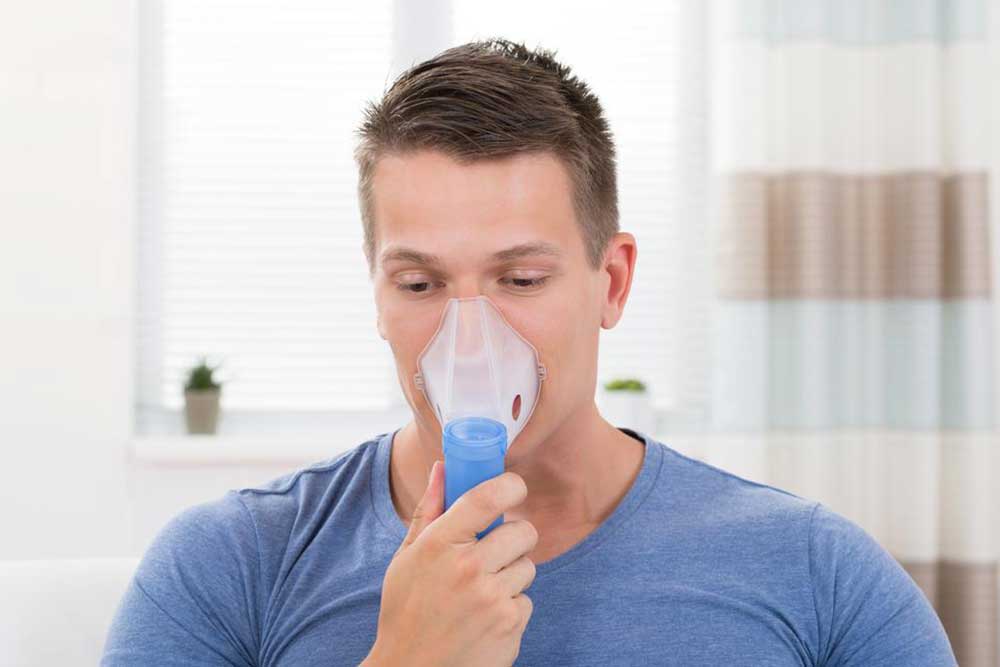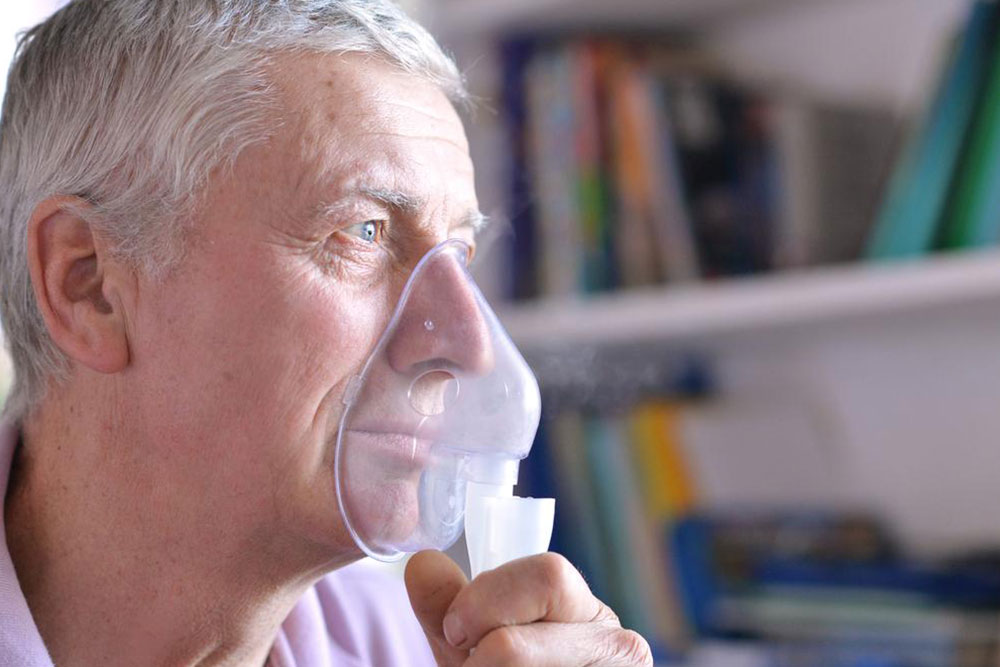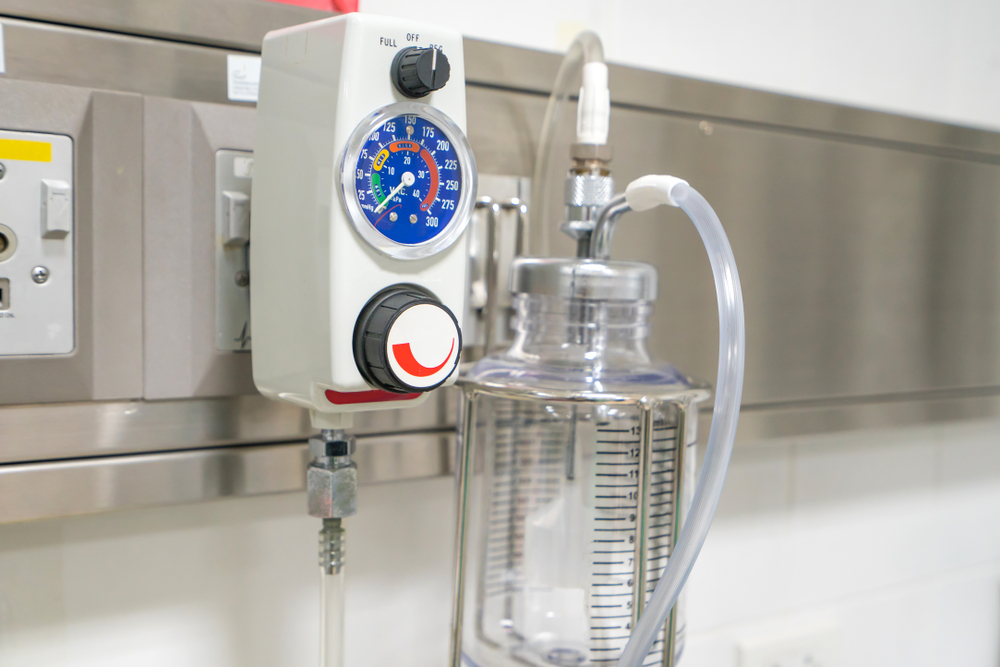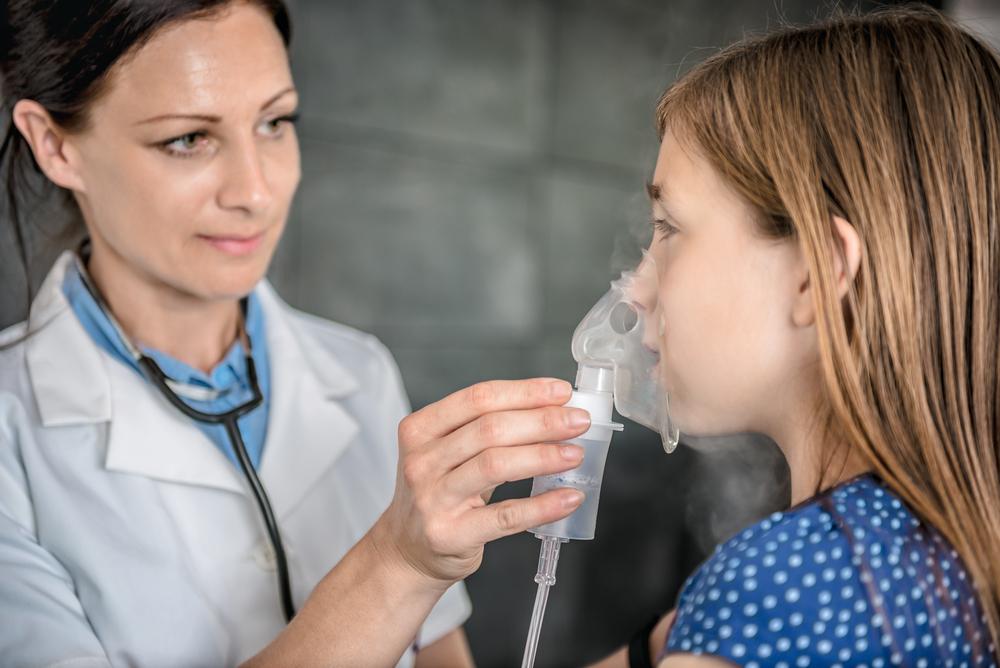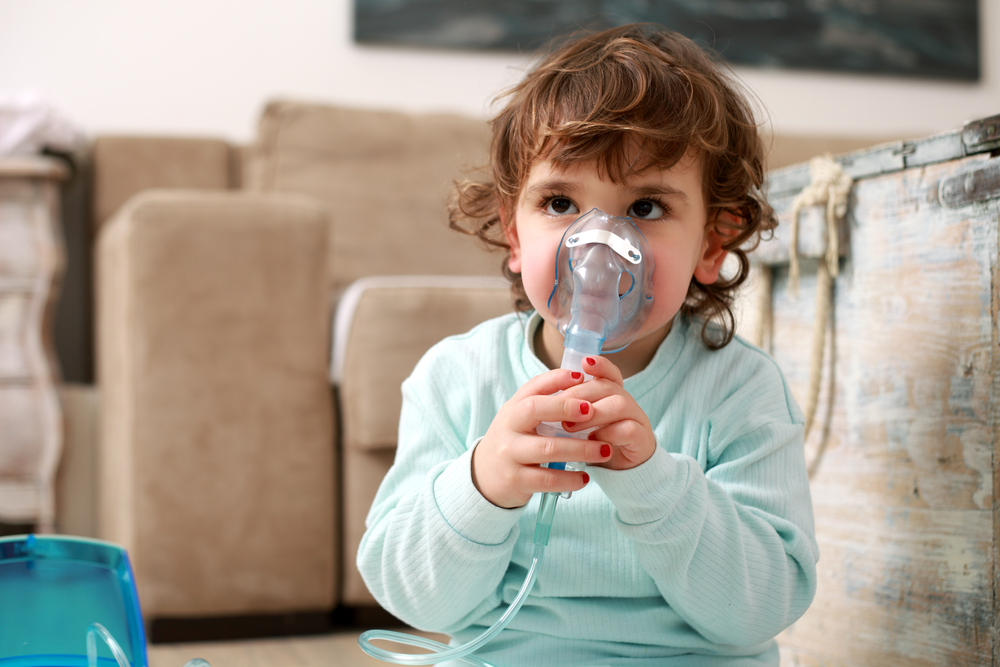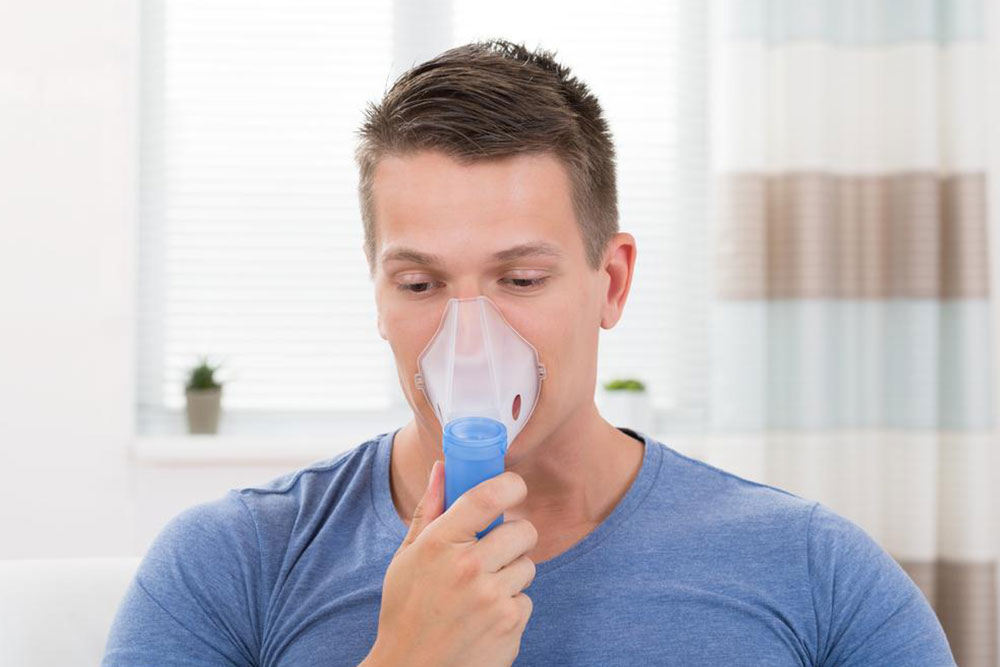Comprehensive Guide to Portable Oxygen Therapy Devices for Enhanced Mobility and Health
Discover the comprehensive benefits of portable oxygen concentrators, designed for mobility, safety, and improved respiratory health. This guide explores how these advanced devices empower individuals to maintain independence, participate in daily activities, and travel with ease. Learn about their features, customization options, and the role they play in enhancing quality of life for those with respiratory conditions. Suitable for active lifestyles, portable oxygen machines support continuous therapy during workouts, sleep, and travel, making them essential for modern health management.
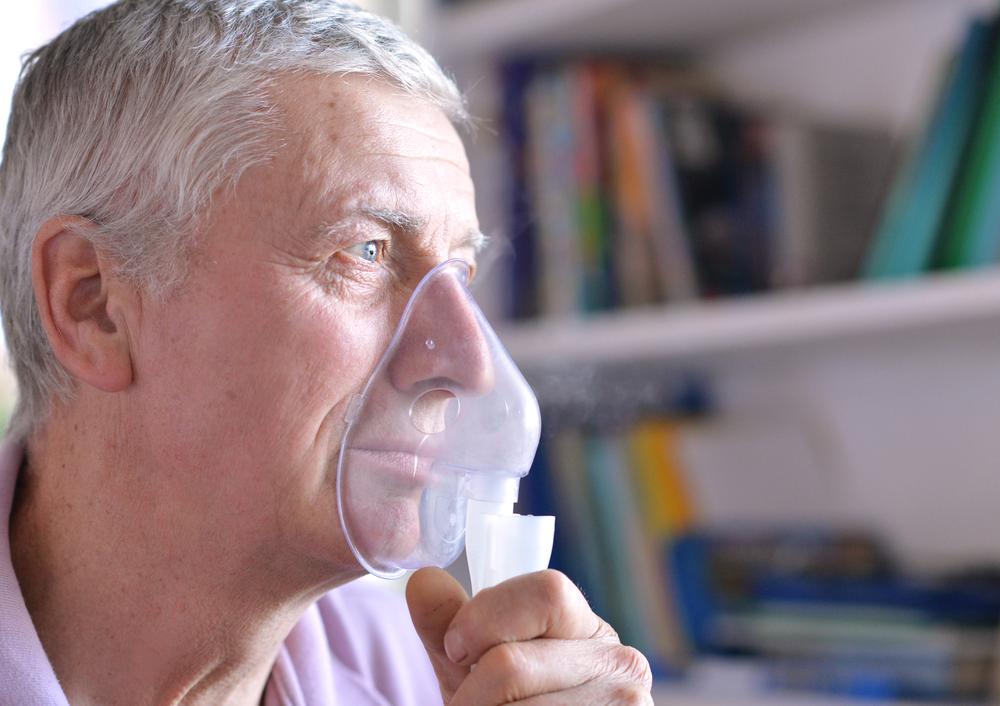
In today's fast-paced world, maintaining good respiratory health and ensuring mobility are key concerns for many individuals with breathing difficulties. Portable oxygen therapy devices have revolutionized how patients manage their oxygen needs, offering a flexible, efficient, and convenient solution. Whether you're traveling, working, or engaging in leisure activities, a reliable portable oxygen machine can significantly improve your quality of life.
Portable oxygen concentrators (POCs), first introduced in the early 2000s, have undergone significant technological advancements that make them more efficient, lightweight, and user-friendly. These devices are designed to deliver a continuous or on-demand supply of medical-grade oxygen, supporting individuals with conditions such as COPD, pulmonary fibrosis, and other respiratory ailments. Unlike traditional stationary oxygen tanks, portable units provide the freedom to move unrestrained, facilitating normal daily activities and travel without the hassle of bulky equipment.
Modern portable oxygen machines can generate from 1,000 to 9,000 cubic centimeters of oxygen per minute, catering to various patient needs. They are powered by rechargeable batteries, vehicle outlets, or low-voltage power sources, ensuring that oxygen therapy can be continued seamlessly during outings or trips away from home. Their compact design allows them to be easily carried in backpacks, handbags, or specially designed cases, making them not only practical but also stylish with a variety of colors and designs to suit different preferences.
The size, weight, battery life, and oxygen flow settings of portable oxygen concentrates vary, allowing customization to individual requirements. For example, some users may need a higher flow rate during physical activity, while others may require steady oxygen delivery overnight. Most units feature multiple flow settings and can be adjusted easily, empowering users to control their oxygen intake according to their activity level and medical plan.
One of the key advantages of portable oxygen devices is their ability to promote independence. Patients can confidently participate in outdoor activities such as walking, exercising, attending social events, or even traveling by air, train, or bus. Many modern units are FAA-approved, enabling users to bring them aboard aircraft without hassle. This mobility ensures that individuals with respiratory issues are not confined to their homes but can enjoy an active and engaging lifestyle.
These devices also play a crucial role in enhancing physical and mental health. Consistent oxygen therapy helps improve overall stamina, reduce fatigue, and support mental clarity. For people battling chronic respiratory conditions, this translates to a better quality of life and increased confidence in managing their health. Additionally, portable oxygen concentrators are often used in a variety of settings such as airports, gyms, salons, and workplaces, making them versatile tools for health management in everyday life.
Many portable oxygen machines deliver oxygen on-demand through nasal cannulas, which consist of lightweight tubes inserted into the nostrils. This method provides a comfortable and efficient way to breathe supplemental oxygen during activity or rest. Some models also come equipped with pulse-dose technology, which dispenses oxygen only when the user inhales, conserving battery life and oxygen supply.
For nighttime use, portable oxygen devices can be integrated with sleep systems to maintain oxygen levels during sleep cycles. Ensuring continuous oxygenation overnight prevents complications related to hypoxia, thereby supporting restorative sleep and overall well-being. With technological progress, these devices are becoming increasingly quieter and more discreet, further enhancing user comfort.
Investing in a high-quality portable oxygen concentrator is an important step toward a healthier, more active lifestyle. It enables people with breathing difficulties to enjoy their daily routines, travel adventures, and social engagements without compromising their health or independence. Regular consultation with healthcare professionals is essential to select the appropriate model and settings, ensuring optimal therapy and safety.
In summary, portable oxygen therapy devices have transformed respiratory care, offering a perfect blend of mobility, reliability, and convenience. As health needs evolve, these devices continue to develop, providing even better support for users around the world. Whether for short-term recovery or long-term health management, portable oxygen concentrators are indispensable tools that improve lives every day.
